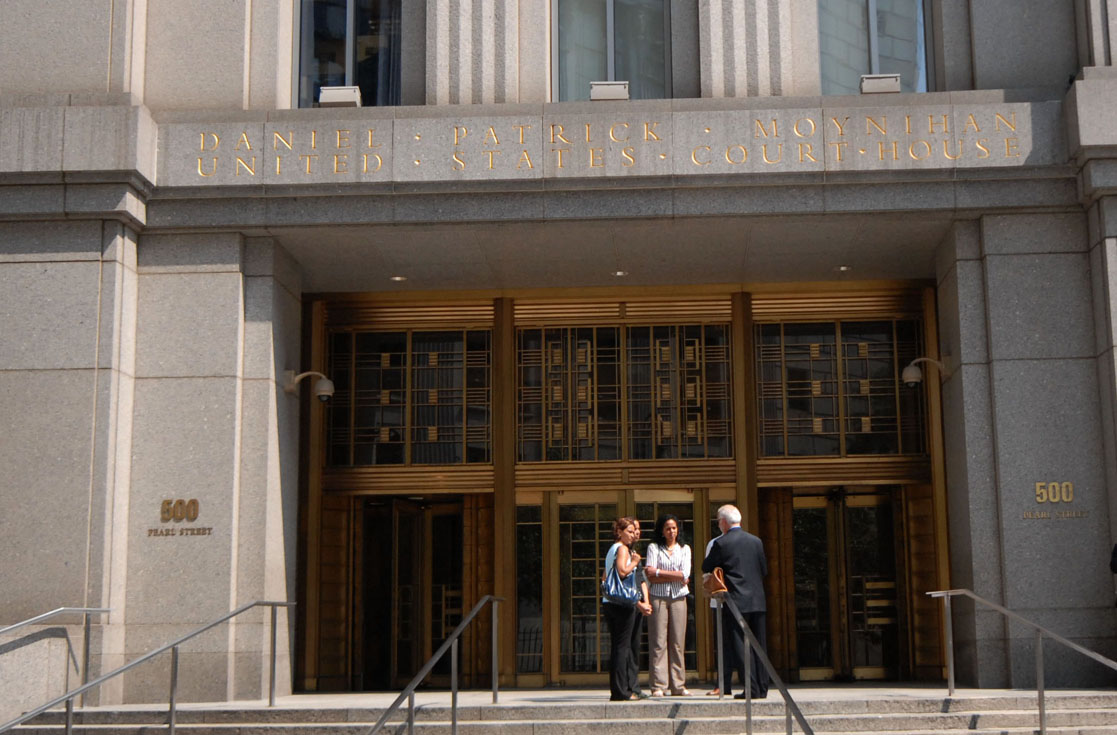Since their inception, the U.S. Sentencing Guidelines have been widely criticized for the draconian sentences they produce. The Guidelines’ influence was somewhat lessened in 2005, when the U.S. Supreme Court held that although district judges could consider the Guidelines when imposing a sentence, they could not, consistent with the Sixth Amendment, be bound by them. See United States v. Booker, 543 U.S. 220 (2005). But even after Booker, the Guidelines remain the single most powerful factor in determining a federal criminal defendant’s sentence. For counsel representing a defendant at sentencing, resisting the Guidelines is of paramount importance. District judges can vary from the Guidelines for almost any reason, but the most common path to a sentence significantly below the Guidelines range is a downward departure under Guideline §5K1.1, which is the primary vehicle by which a criminal defendant’s cooperation with federal authorities—his “substantial assistance”—is incentivized and rewarded.
The basic procedure is the same in every district: the prosecutor decides whether to move for a departure under §5K1.1, while the sentencing judge decides whether to grant the motion and, if so, by how much to depart. Yet that cooperation yields different results depending on the district. According to a 2016 report from the U.S. Sentencing Commission, the extent of departure under §5K1.1—that is, the percentage decrease that the average sentence is from the average minimum of the Guideline range applied in a case—was as follows:
(1) Southern District of New York—85.5 percent
(2) District of Vermont—83.1 percent
(3) Eastern District of New York—81.6 percent
(4) District of Connecticut—70.2 percent
(5) Western District of New York—56.4 percent
(6) Northern District of New York—55.9 percent


 U.S. District Court for the Southern District of New York – 500 Pearl Street. (Photo: Rick Kopstein)
U.S. District Court for the Southern District of New York – 500 Pearl Street. (Photo: Rick Kopstein)




